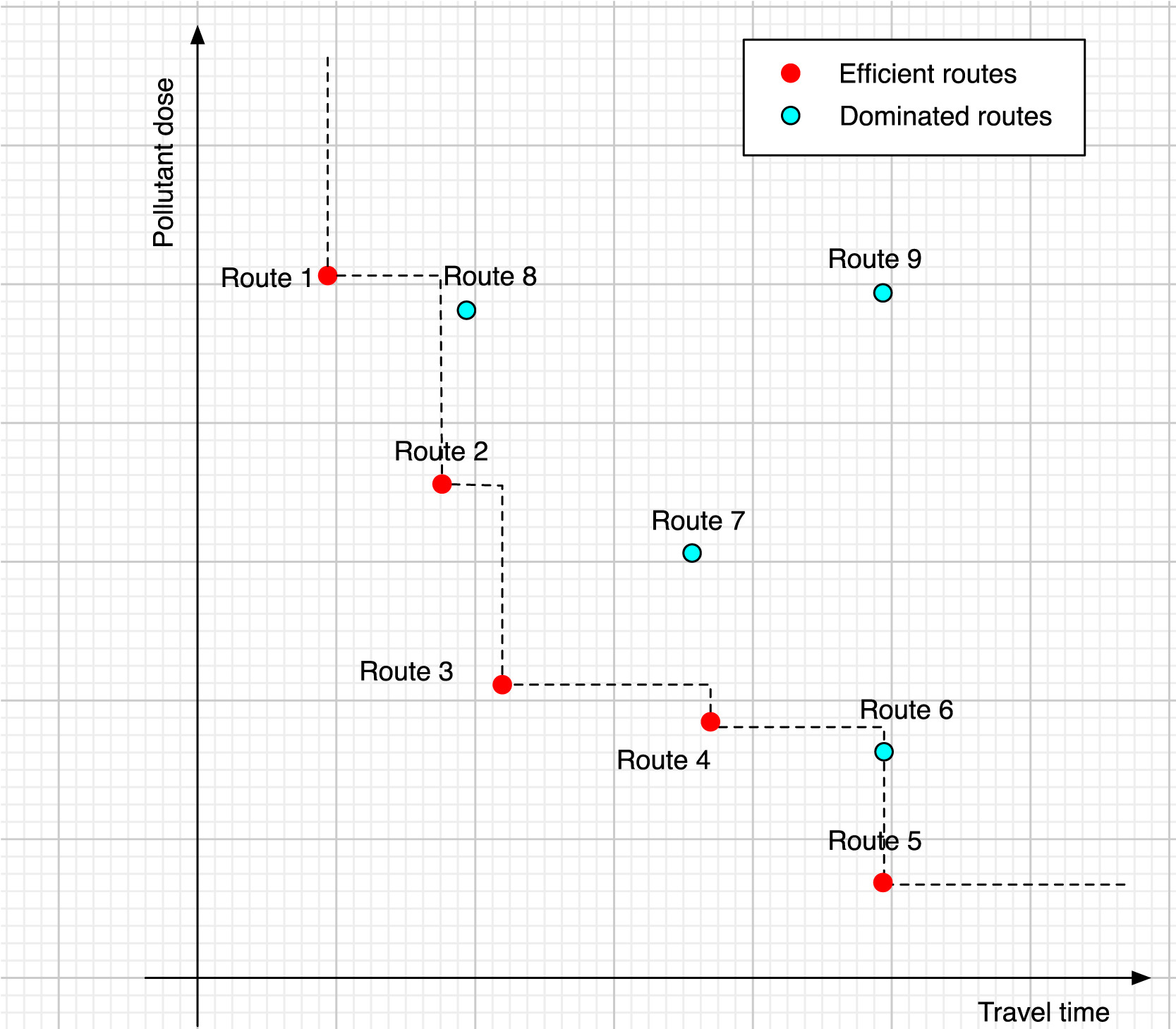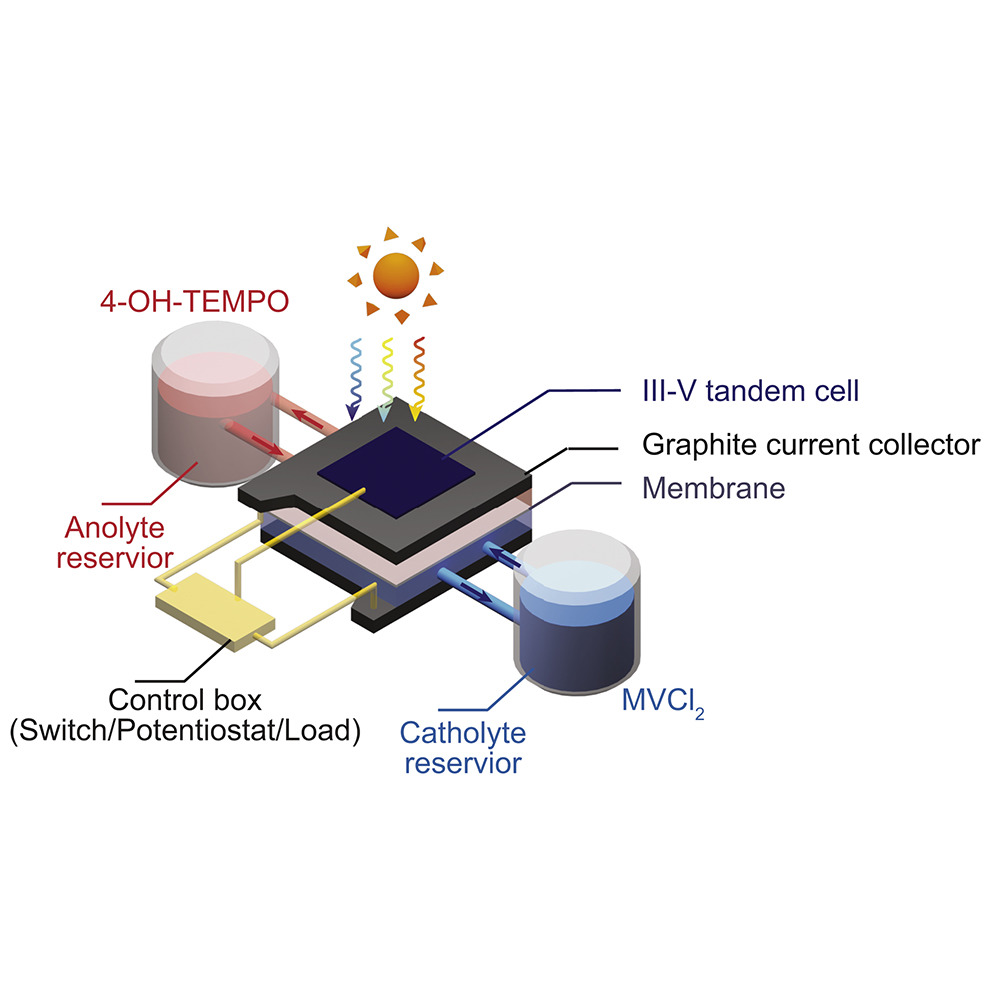Elsevier, Operations Research for Health Care, Volume 19, December 2018
Cyclists form the most vulnerable road user group in terms of injury from traffic accidents, as well as exposure to traffic-related air pollution. Ironically, commuter cyclists are often motivated by improvement in health and fitness. Cycleways away from traffic with lower concentrations of pollutants from motorised vehicles sometimes result in longer distances and hence require longer travel times, while alternative routes sharing the road with other traffic, sometimes with buses, might result in exposure to higher pollutant concentrations.
Elsevier, Materials Today Sustainability, Volume 1-2, December 2018
Carbon dioxide (CO2) capture using CaO-based adsorbents has recently attracted intense attention from both academic and industrial sectors in the last decade due to the high theoretical capacity of CO2 capture, low cost, and potential use in large scale. However, the successful development of CaO-based adsorbents is limited by significant sintering of adsorbent particles over a number of cycles of CaO carbonation/calcination. In this work, a systematic understanding of fundamental aspects of the cyclic carbonation/calcination of CaO-based materials is reviewed.
Elsevier, World Development, Volume 112, December 2018
Human mobility and inequality have determined one another throughout modern history, from the effects of labour migration to processes of urbanisation. The Sustainable Development Goals now offer an opportunity to re-examine this complex relationship in a globalized world. Drawing on major research evidence and key debates, this review article proposes a framework of mobility equity as part of SDG 10, which foresees the reduction of inequalities within and among countries by 2030.
Elsevier, Smart Health, Volume 9-10, December 2018
This work intends to develop an intelligent, four-dimensional (namely X-Y-Z plus somatosensory), partial control, and virtual-reality-enabled Tai-Chi System (VTCS). Tai-Chi is a traditional mind-body wellness and healing art, and its clinical benefits have been well documented. VTCS integrates Tai-Chi with a series of cutting-edge computer technologies including 4D sensor technology, big-data, signal processing and analysis, human body kinematics, deep learning, virtual reality, and 4D-reconstruction, etc.
Elsevier, Energy Reports, Volume 4, November 2018
The efficiency and power output of a PV module decrease at the peak of sunlight due to energy loss as heat energyand this reduces the module power output. Multi-concept cooling technique, a concept that involves three types of passive cooling, namely conductive cooling, air passive cooling and water passive cooling has the potential to tackle this challenge.
Elsevier, Chem, Volume 4, 8 November 2018
Challenges posed by the intermittency of solar energy source necessitate the integration of solar energy conversion with scalable energy storage systems. The monolithic integration of photoelectrochemical solar energy conversion and electrochemical energy storage offers an efficient and compact approach toward practical solar energy utilization. Here, we present the design principles for and the demonstration of a highly efficient integrated solar flow battery (SFB) device with a record solar-to-output electricity efficiency of 14.1%.
Elsevier, Marine Pollution Bulletin, Volume 136, November 2018
Increasing accessibility of coral reefs from the latter third of the 20th century led quickly to recognition of the vulnerability of coral reef communities to a combination of direct and indirect human impacts. Coral reefs are confronted by the stark threats of climate and ocean changes from the increasing number, intensity and forms of human use impacting global and marine systems. Management, particularly of accessible coral reefs, occurs in the context of multiple scale transboundary water column linkages of lifecycle processes and increasing human use of coastal and marine space.


